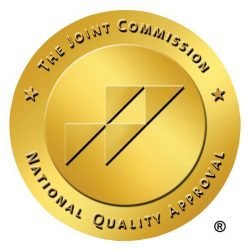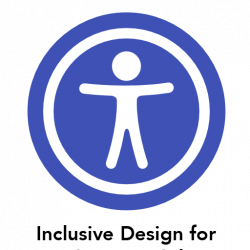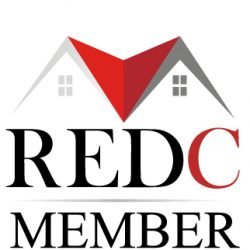Written by Lizabeth Wesely-Casella, founder of BingeBehavior.com
One of the things that I have struggled to understand in both my recovery and my evaluation of treatment facilities is the idea that active recovery should happen in a vacuum. How can people in treatment possibly be prepared to adapt and to use the coping skills they’ve learned in their treatment environment if they haven’t practiced them? I know that for me, recovering in a vacuum without technology, I had an immediate hurdle to face the minute I got home with my Blackberry in hand.
At Alsana Treatment Centers I was surprised and very pleased to find that recovery was happening along side real-world distraction. It may sound odd using those words together, recovery and distraction, but let’s face it – our world requires us to balance both simultaneously.
On my recent visit, I saw how the treatment team worked together with the guests AND their phones/iPads/iPods to integrate technology (a pressing and tempting distraction for most everyone) while cultivating the skills that support valuing self and attention to self simultaneously. The treatment team was teaching in real time that phones and distractions exist, but how they are prioritized in relation to self-care is an important choice that needs to be made on a day-by-day, if not moment-by-moment basis.
That may not sound revolutionary or bold, but it is. In an environment where controlling the behavior of others is important, allowing devices that may challenge that control is a brave step – being confident that the team leaders can maintain the peaceable environment needed and teach in spite of those temptations indicates a trust in leadership and a faith in team talent.
As it turns out, that trust is well placed.
For anyone who has not been to (or through) treatment, there is no way to sugar coat it – it’s tough and can become an unruly mess in a heartbeat. The clients at Alsana are no different from the clients elsewhere, it’s the treatment team at Alsana that stands out.
With their integrated approach and clear communication, each leader is aware of the needs of individual clients. They meet them at the place of their need, or in this case at the place where they are vulnerable to distraction, and they cultivate better decision-making and resistance to distraction through active and participatory therapy.
What I saw was that the clients at Alsana were doing the hard work, the work of recovering – but what they may not have known is that they were also actively placing their well being ahead of their distractions so they could learn to be soothed without them.
Learning balance and learning to sooth without distraction – those are the tools to have in place before going back out into the unstructured world. Tools that someone in recovery simply can’t learn in a vacuum.




